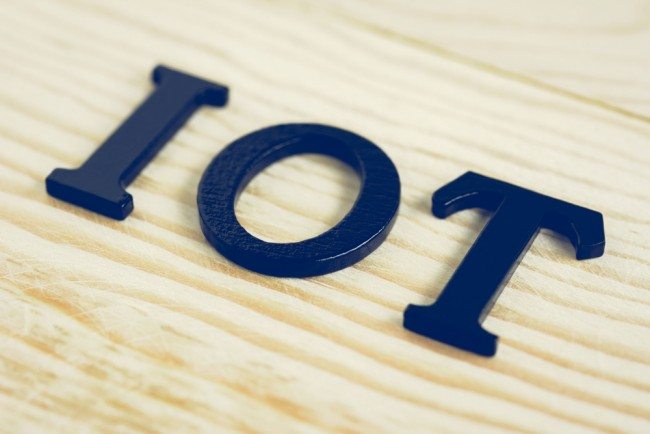The Internet of Things, a phrase coined in the late 1990’s, is the art of making a “stupid” device “smart” and thus giving it the ability to transfer data over a network from machine to machine.
One of the first of these “smart” devices was a Coca-Cola vending machine. As the story goes, it was 1982 when a group of thirsty, frustrated, innovative computer science students at Carnegie Mellon University in Pittsburgh, Pennsylvania wanted to know the inventory level of their nearby Coca-Cola machine. They installed micro switches that relayed the inventory levels on the machine’s racks and also reported whether the newly loaded drinks were cold yet.
The concept first became popular outside computer science circles in 1999 due to the Auto-ID Center at the Massachusetts Institute of Technology and similar market analysis publications. Beginning with radio-frequency identification, the applications soon spread to technologies such as barcodes, near field communication, digital watermarking and QR codes.
Today some common applications can be found in the consumer world and would include such example as wearable tech that reports to your tablet or smart phone, tracking an exercise plan. Or hive by British Gas that allows you to control your heating from your smart device.
The concept of IOT however and its application isn’t as new as it might sound. Parcel delivery companies adopted this idea decades ago. It’s why you can track your package from its origination point along every stop of its journey until it reaches your doorstep.
So how can businesses leverage the IOT, if we look at Prism Solutions in this example that provide business-to-business IT support the obvious adoption of this technology is to make the PC device, which is being supported, smart. By inputting data on the PCs expected usage and life cycle the device could report back to Prism directly notifying that preventative maintenance is required, much like when your car tells you it needs a service. The advantage here is the maintenance can be done to prevent downtime and improve the longevity of that device, saving the client money. This same concept could also be used to trigger a real-time alert, reminding the client and supplier of the need to purchase new equipment based on a predefined hardware replacement plan.
It is estimated 26 to 30 billion devices could be connected to The Internet of Things by 2020, and as with all developments in technology there are considerations. Similar to the evolution of cloud computing there has to be some consideration to connectivity, if the time comes that suppliers require their clients to have a smart infrastructure then making sure this is practical for that client is key. Also as we open up a world of smart devices transferring data from machine to machine then there is the obvious consideration of data security, including retention and backup of that data.


